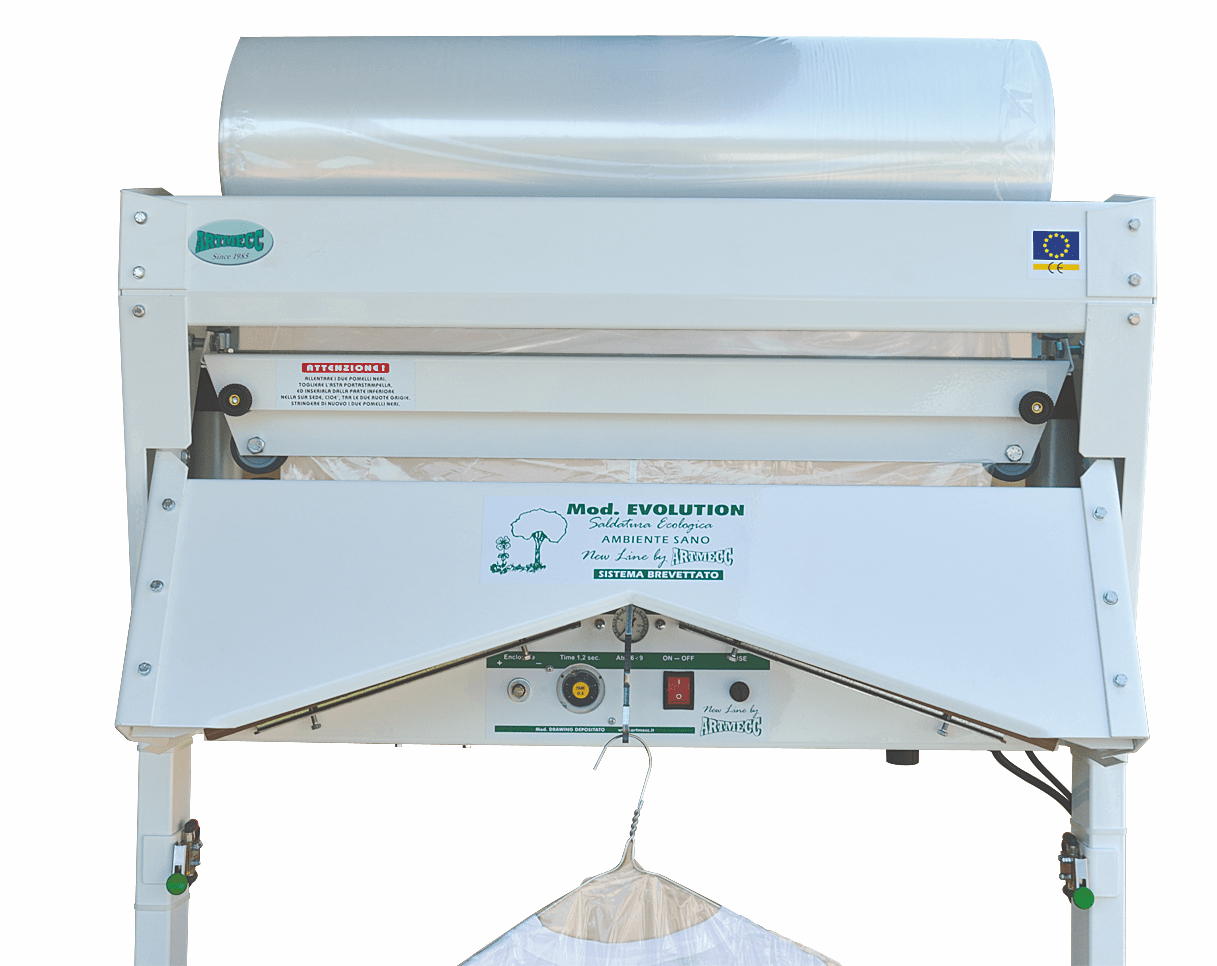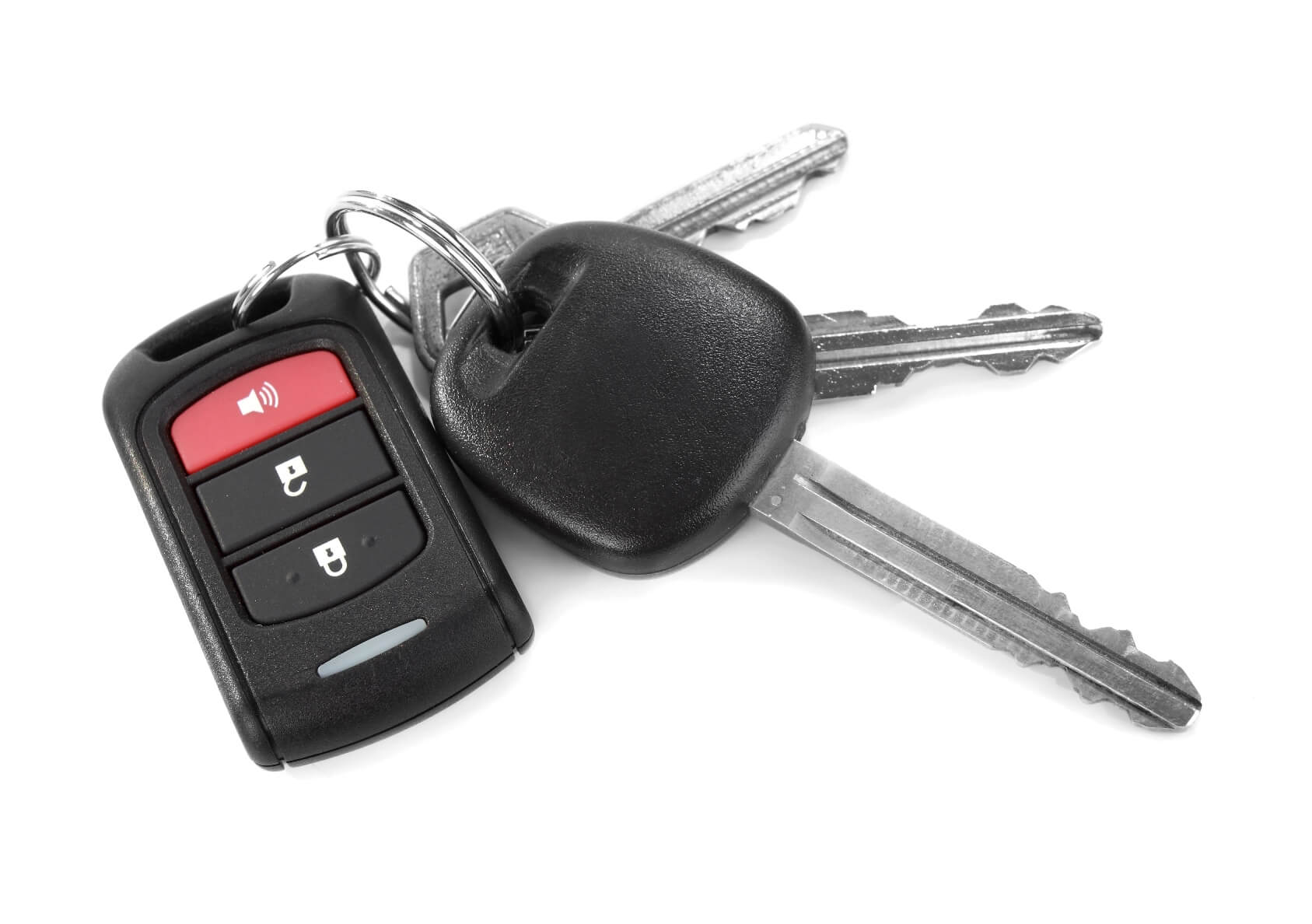If you’re looking to Speed up Windows 11, you’re not alone. Many users have noticed that their systems can sometimes feel sluggish, especially after an update or when running multiple applications. Fortunately, there are several effective settings and tweaks you can implement to speed up Windows 11 significantly. In this article, we will explore various methods to enhance your system’s performance, ensuring that you can enjoy a smoother and faster computing experience. Whether you’re a gamer, a professional, or just someone who uses their computer for everyday tasks, knowing how to speed up Windows 11 can make a world of difference. Let’s dive into the best practices to speed up Windows 11 and get your system running like new.
Understanding the Basics of Windows 11 Performance
Before we delve into specific settings, it’s essential to understand what can slow down your Windows 11 system. Factors such as background applications, unnecessary startup programs, and outdated drivers can all contribute to a lagging experience. To effectively speed up Windows 11, you need to identify these issues and address them systematically.
Disable Unnecessary Startup Programs
One of the first steps to speed up Windows 11 is to manage your startup programs. Many applications automatically launch when you start your computer, consuming valuable resources. To disable these programs, follow these steps:
- Press
Ctrl + Shift + Escto open the Task Manager. - Navigate to the “Startup” tab.
- Review the list of programs and disable any that you do not need to start automatically.
By reducing the number of startup programs, you can significantly speed up Windows 11 during boot-up and improve overall performance.
Optimize Visual Effects
Windows 11 comes with various visual effects that enhance the user experience but can also slow down your system. To speed up Windows 11, consider adjusting these settings:
- Right-click on the Start button and select “System.”
- Click on “Advanced system settings.”
- Under the “Performance” section, click “Settings.”
- Choose “Adjust for best performance” or manually select which effects to disable.
By optimizing visual effects, you can free up system resources and speed up Windows 11.
Keep Your System Updated
Regular updates are crucial for maintaining system performance. Microsoft frequently releases updates that include performance improvements and bug fixes. To ensure your system is up-to-date:
- Go to Settings > Windows Update.
- Click on “Check for updates” and install any available updates.
Keeping your system updated is a simple yet effective way to speed up Windows 11 and ensure you have the latest features and security patches.
Uninstall Unused Applications
Over time, you may accumulate applications that you no longer use. These programs can take up space and resources, slowing down your system. To speed up Windows 11, consider uninstalling any unnecessary applications:
- Go to Settings > Apps > Apps & features.
- Review the list of installed applications and uninstall those you no longer need.
By decluttering your system, you can improve performance and speed up Windows 11.
Use Storage Sense
Windows 11 includes a feature called Storage Sense, which helps manage disk space by automatically deleting temporary files and content from your Recycle Bin. To enable Storage Sense:
- Go to Settings > System > Storage.
- Toggle on “Storage Sense” and configure the settings to your preference.
Using Storage Sense can help you maintain a clean system and speed up Windows 11 by ensuring that unnecessary files do not accumulate.
Adjust Power Settings
Your power settings can also impact your system’s performance. To speed up Windows 11, consider switching to a high-performance power plan:
- Go to Settings > System > Power & battery.
- Under “Related settings,” click on “Additional power settings.”
- Select the “High performance” plan.
By adjusting your power settings, you can enhance performance and speed up Windows 11.
Clean Up Your Hard Drive
A cluttered hard drive can significantly slow down your system. To speed up Windows 11, regularly clean up your hard drive using the built-in Disk Cleanup tool:
- Search for “Disk Cleanup” in the Start menu.
- Select the drive you want to clean and click “OK.”
- Check the boxes for the types of files you want to delete and click “OK.”
Regularly cleaning your hard drive can help maintain optimal performance and speed up Windows 11.
Upgrade Your Hardware
If you’ve tried all the software tweaks and still find your system sluggish, it may be time to consider a hardware upgrade. Adding more RAM or switching to an SSD can dramatically improve performance and speed up Windows 11.
Conclusion
In conclusion, there are numerous ways to speed up Windows 11 effectively. By managing startup programs, optimizing visual effects, keeping your system updated, uninstalling unused applications, using Storage Sense, adjusting power settings, cleaning up your hard drive, and considering hardware upgrades, you can significantly enhance your system’s performance. Implementing these strategies will not only help you speed up Windows 11 but also provide a more enjoyable and efficient computing experience. Remember, a well-maintained system is key to achieving the best performance, so make these practices a regular part of your computer maintenance routine.




